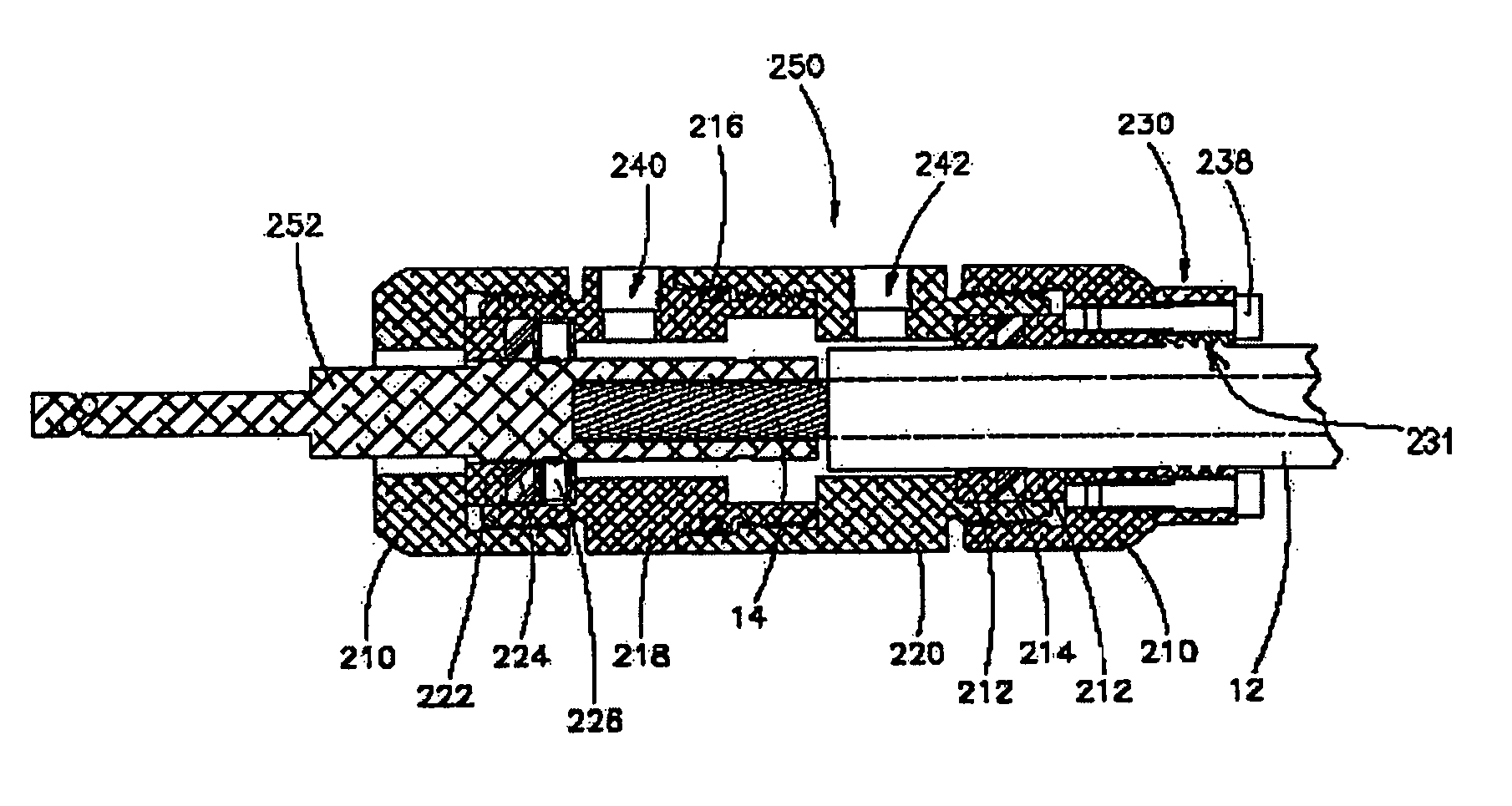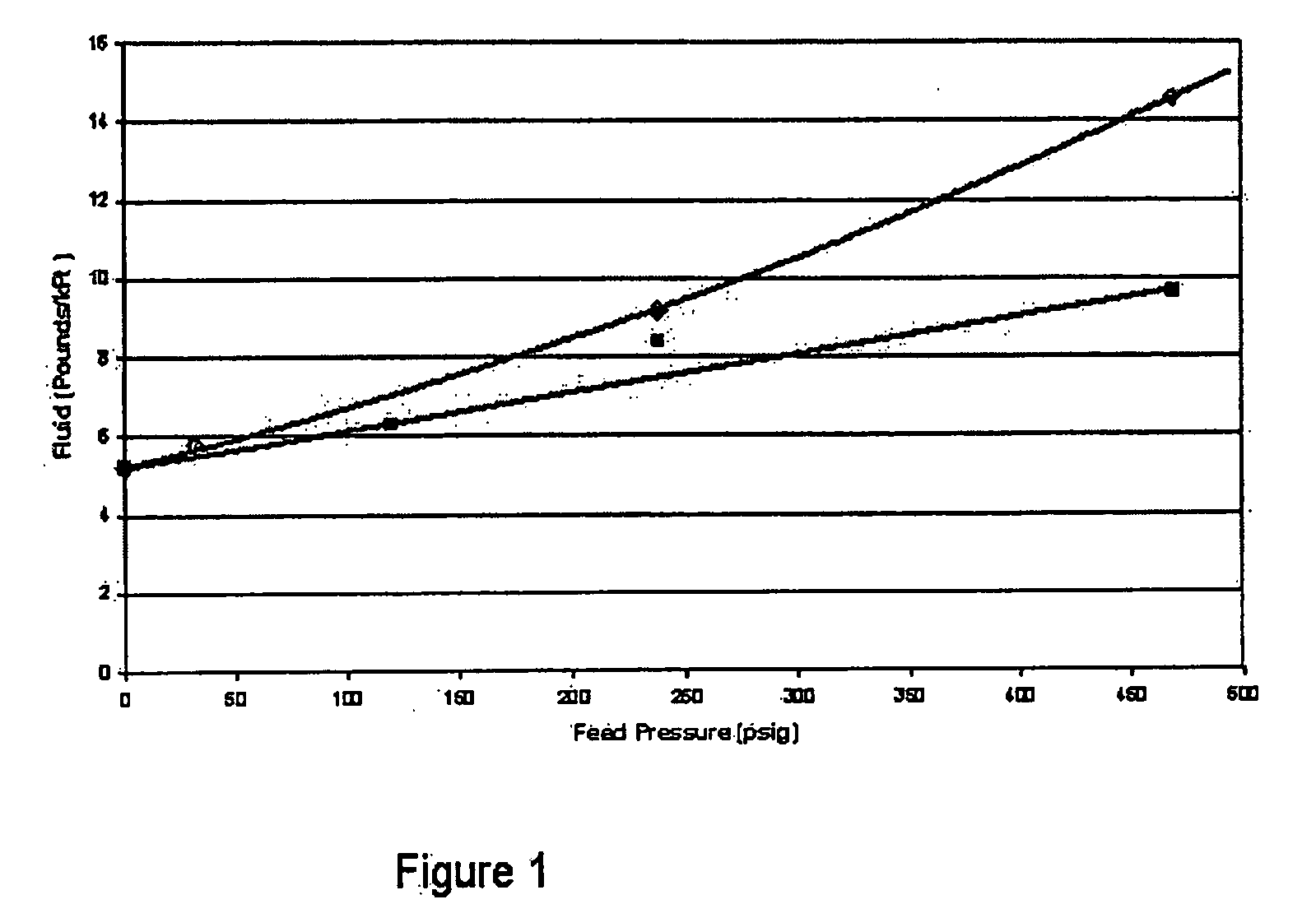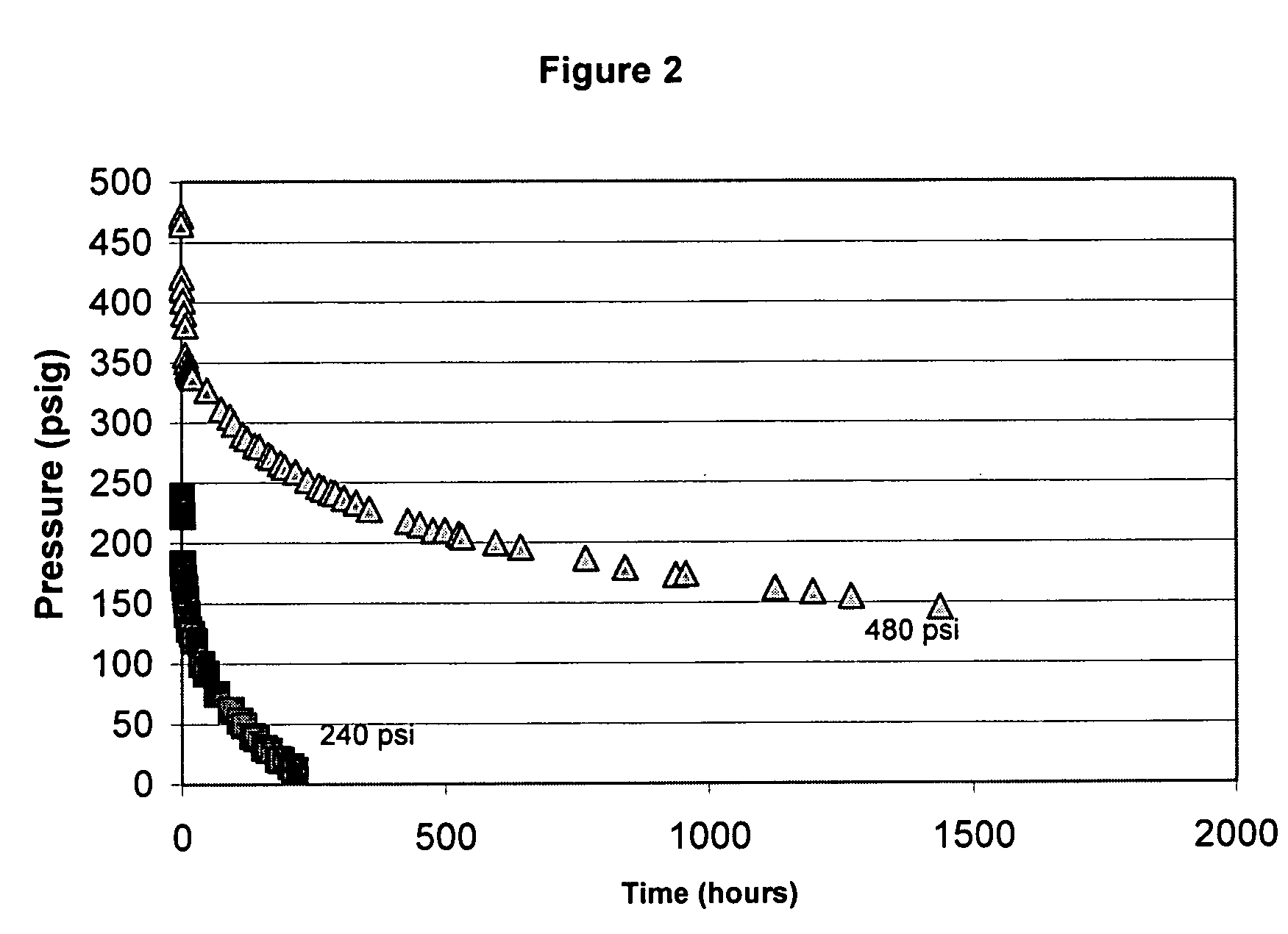Method for selecting formulations to treat electrical cables
a technology for electrical cables and formulations, applied in the direction of insulating conductors/cables, cables, insulated conductors, etc., can solve the problems of reducing the service life of cables, premature breakdown, and not reaching the original anticipated longevity of 30 to 40 years, so as to enhance the dielectric properties of cable segments
- Summary
- Abstract
- Description
- Claims
- Application Information
AI Technical Summary
Benefits of technology
Problems solved by technology
Method used
Image
Examples
example 1
[0162] Example 1 illustrates the determination of the optimum treatment for 1000 feet of concentric I / O, 100% XLPE insulation cable. A preliminary formulation, shown in the table below, which provides the desired reliability benefits, is selected. The treatment fluid comprises acetophenone (a Class Q material), vinylmethylbis(1-phenylethyleneoxy)silane (VMB, a Class M material) and S1 and S2 (two typical Class S materials). The concentrations (weight percent=100×solubility in g / cm3, where the insulation is XLPE with a density of about 1 g / cm3) have been arbitrarily selected for optimum performance, either from empirical observations, theoretical considerations such as saturation levels, or both. The specific gravity of the fluid mixture is 1.03.
AcetophenoneVMBS1S2Weight % solute1.0%3.5%0.5%0.5%in insulation jacketWeight % solute3.0%16.0%1.0%1.0%In conductor shield
[0163] The cross-sectional areas for the insulation jacket (Ain) and the conductor shield (Acs), are each calculated from...
PUM
| Property | Measurement | Unit |
|---|---|---|
| Fraction | aaaaa | aaaaa |
| Time | aaaaa | aaaaa |
| Pressure | aaaaa | aaaaa |
Abstract
Description
Claims
Application Information
 Login to View More
Login to View More - R&D
- Intellectual Property
- Life Sciences
- Materials
- Tech Scout
- Unparalleled Data Quality
- Higher Quality Content
- 60% Fewer Hallucinations
Browse by: Latest US Patents, China's latest patents, Technical Efficacy Thesaurus, Application Domain, Technology Topic, Popular Technical Reports.
© 2025 PatSnap. All rights reserved.Legal|Privacy policy|Modern Slavery Act Transparency Statement|Sitemap|About US| Contact US: help@patsnap.com



